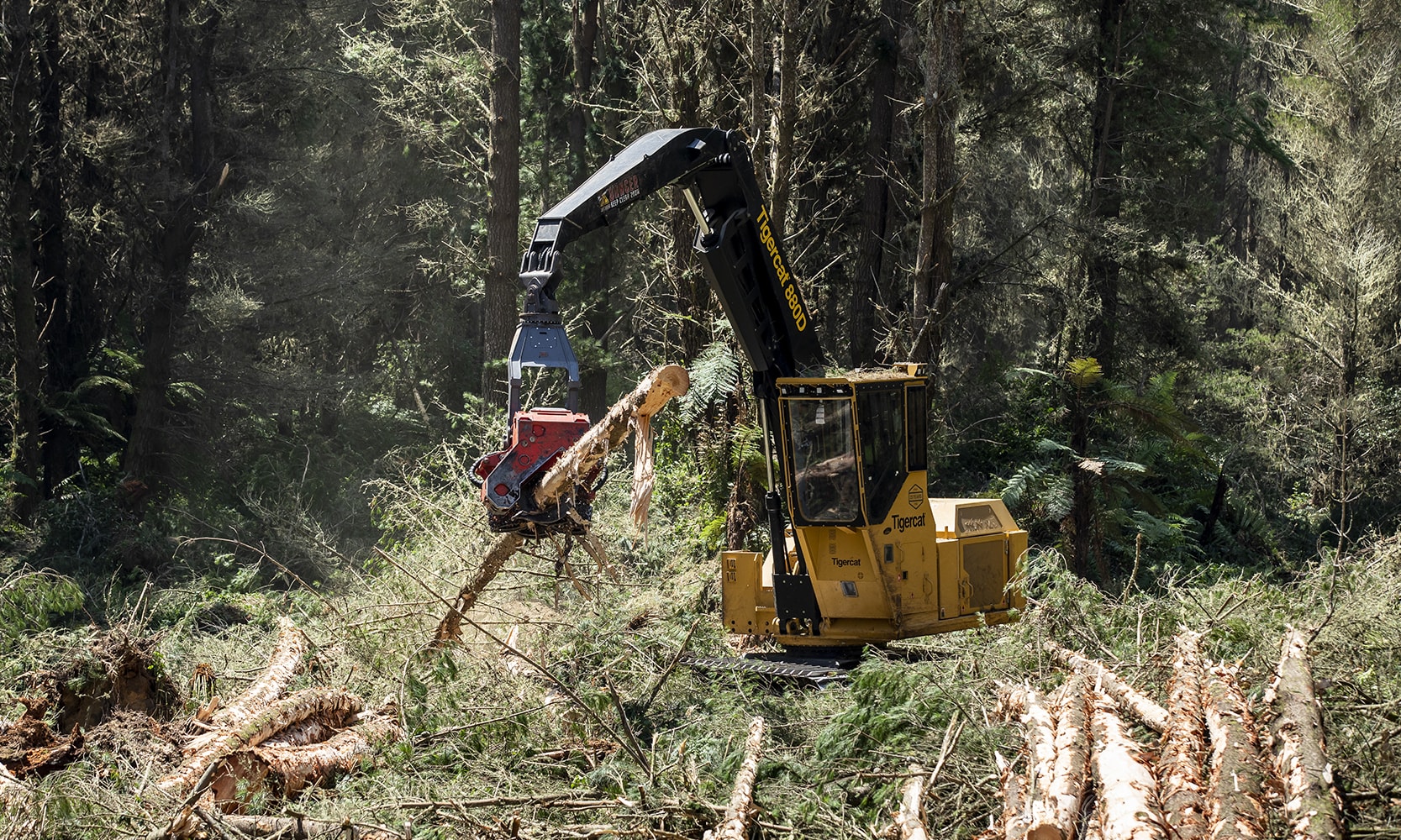NZ Log Prices Reach Historical High
February 2019 may go down in the Forestry almanacs as the month when log prices reached a historical high point. This reflects a combination of both Domestic and Export segments.
Whilst the domestic log prices at the mill door NZ are the highest they have ever been, logs landed at the wharf are now just very slightly below where they were at the peak in September 1993.
The big difference is the high price points in the market in 1993 lasted about 6 weeks. Older readers might recall the peak was promulgated by the discovery of a rapidly declining Spotted Owl population in the Pacific North West. Wood fibre markets went in to a panic buy believing forest harvest would cease and the planet would run out of wood fibre.
This caused prices to escalate. Price escalation resulted in flooded supply channels and prices quickly dropped. Within 6 months they were actually below where they were before the spike began.
During all of this, it didn’t help when the US Forest Service did some due diligence and discovered Spotted Owl populations seemed amazingly confined to within a kilometre of all major highways. Ultimately of course, the realisation was the Owls found were no further than it took surveyors to walk between smoko breaks from their vehicles. Once the surveyors were required to pack a lunch it was discovered the populations were not declining at all!
In February 2019 we believe we are a little smarter and markets react mostly to real events. Thus price stability has prevailed and we have been hovering close to the current highs for over three years.
In terms of the present situation, all eyes are focussed on China. With new-year holidays in full swing port off take has been minimal but ahead of expectations. Consumption is currently running at 45,000 m3 per day when everyone is supposed to be on holiday!
Log vessels arrivals ex New Zealand and Australia have also been below expectation. The net consequences are the overall China eastern seaboard inventory has climbed to 4+ million m3, as at mid February, an increase of 1 million in 4 weeks. All of this is pretty much as expected with most commentators agreeing it will need to go well over 5 mil m3 before the market starts to react negatively. All eyes will be on this market when holidays end in the 3rd week of February.
Shipping costs have had the most impact on the higher prices at the NZ wharf gate. Rates have continued to soften with spot rates hovering close to the mid US$20’s. These rates were around about 5 years ago so I suspect shipping companies will be hurting.
Low shipping rates are the direct consequence of low Northern Hemisphere fixtures and an abundance of Handy Class vessels following a significant number of new builds exiting China ship yards. In fact we recently loaded a vessel in Lyttelton, M/V Crystal Palace, with our logs being the second cargo she had carried after bring fertiliser down to NZ. We are seeing many of these spanking new China built vessels coming in to NZ.
Right now the Baltic Index, which is a trend data set that is first put on the table at ship fixture negotiations, is the lowest seen for a long time and most commentators suggesting little change through in to Q2. Indeed it will likely last as long and trade tarrifs continue to restrict trade in the northern hemisphere.
China CFR price settlements (log prices in US$ landed in China) were up US$1 – 2 per m3 for February sales at US$140/141 standard A grade shorts basis, across most customers. Some NZ companies are trying to push higher. In the face of the uncertainties over trade and what will happen post New Year, we think this very unwise.
Domestic sawmills appear to be hanging in there with increasing discussion around log prices a function of squeezed operating margins. It is also evident that a suite of lumber price increases being promoted by some of the bigger players late last year have not “stuck” with discounting back to prior levels for “favoured” customers appearing to be the order of the day.
As always please remember the thoroughly important message relating to this wonderful land of great promise and opportunity. “ It remains, as always, fundamentally important, the only way forward for climate, country and the planet is to get out there and plant more trees!”


